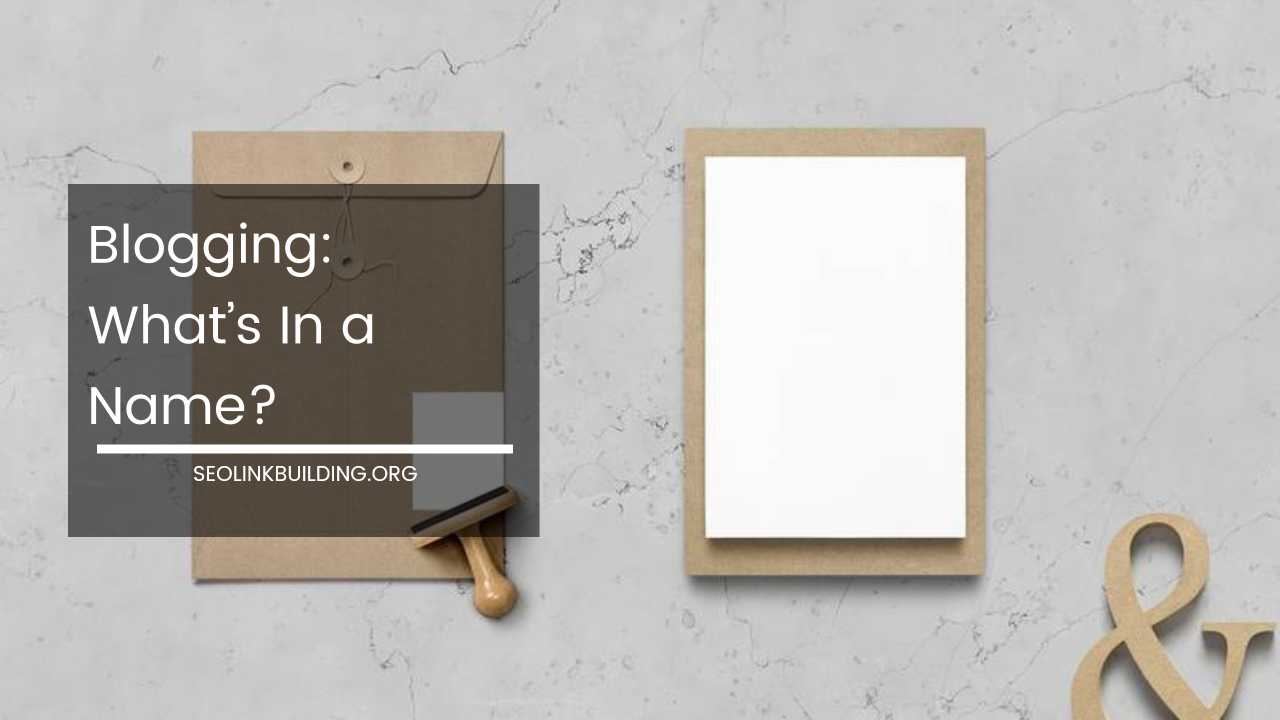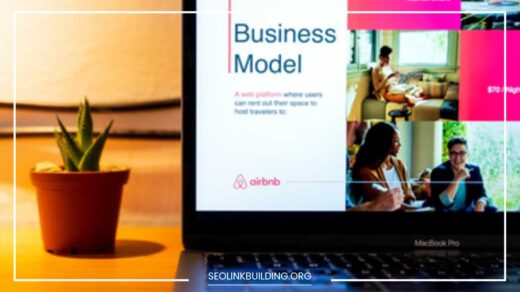The Workplace – More Than Just a Location

The Workplace
The Workplace: A Multifaceted Look at Our Work Environments
The workplace. It’s a place we spend a significant portion of our lives, a source of income, purpose, and sometimes, frustration. But what exactly is a workplace? Is it simply the physical location where we perform our duties, or is it something more?
In this blog post, we’ll delve into the multifaceted world of workplaces, exploring their evolution, types, and the impact they have on us.
From Workshops to Workplaces: A Historical Perspective
The concept of a workplace has transformed dramatically throughout history. In early societies, work was often an extension of the home, with families working together on farms or in workshops.
These workshops were small-scale operations, often family-run businesses where employees learned their trade through apprenticeships. Work hours were long, but there was a sense of community and ownership in the work being produced.
The Industrial Revolution ushered in a new era of centralized workplaces, with factories bringing large numbers of people together under one roof.
These early factories were often harsh environments, with long hours, dangerous conditions, and little regard for worker well-being. The rise of factory work led to the growth of cities, as people migrated to be closer to job opportunities.
The 20th century saw a shift towards more regulated and organized workplaces. Labor unions emerged to fight for better working conditions and employee rights. Safety regulations were introduced to improve factory conditions.
The rise of office jobs led to a new category of workplaces – professional environments focused on information processing and communication.
These office workplaces were typically hierarchical, with clear chains of command and standardized work procedures.
The Modern Workplace: A Spectrum of Environments
Today’s workplaces encompass a vast spectrum of environments. Traditional office spaces remain common, but there’s been a surge in remote work arrangements, with employees working from home or co-working spaces. Many companies embrace flexible work models, allowing employees to split their time between on-site and remote work.
| Workplace Type | Description | Advantages | Disadvantages |
|---|---|---|---|
| Traditional Office | A physical office space where employees work on-site full-time. | Fosters collaboration and communication, in-person mentorship, clear boundaries between work and personal life. | Can be expensive to maintain, limited flexibility for employees, long commutes for some workers. |
| Remote Work | Employees work from a location outside of a traditional office, such as their home or a co-working space. | Increased flexibility, improved work-life balance, reduced commuting costs. | Can be isolating for some employees, potential for distractions at home, challenges with collaboration and communication. |
| Hybrid Work | A combination of on-site and remote work. | Offers the benefits of both traditional office and remote work environments. | Requires careful planning and coordination to ensure effective communication and collaboration between on-site and remote employees. |
| Co-working Spaces | Shared workspaces where independent professionals, freelancers, and remote workers can rent desk space or office suites. | Affordable, opportunity to network with other professionals, access to amenities that may not be available at home. | Can be noisy and distracting, lack of privacy, potential for competition for resources. |
Beyond the physical location, workplaces can be categorized by their industry, size, and culture. A bustling tech startup will have a vastly different atmosphere compared to a quiet law firm. Company culture plays a significant role in shaping the employee experience.
Positive cultures emphasize collaboration, open communication, and employee well-being, while negative cultures might be characterized by hierarchy, micromanagement, and a lack of work-life balance.
The Impact of Workplaces on Our Lives
The workplace has a profound impact on our lives, influencing our physical and mental health, social connections, and overall sense of well-being. Positive work environments can be sources of creativity, productivity, and satisfaction. Supportive colleagues and a sense of purpose can contribute to feelings of happiness and fulfillment.
Here are some of the ways workplaces can impact our lives:
- Physical Health: Stressful work environments can lead to a variety of health problems, including headaches, stomachaches, and high blood pressure. Conversely, workplaces that promote physical activity and healthy eating habits can contribute to better employee health.
- Mental Health: Work can be a significant source of stress and anxiety. Workplaces that offer mental health resources and promote work-life balance can help employees cope with stress and maintain good mental health.
- Social Connections: The workplace can be a source of social connection and belonging. For many people, their colleagues are their friends and confidantes. Strong social connections at work can lead to increased job satisfaction and productivity.
- Skill Development: Workplaces can provide opportunities for learning and development. Many companies offer training programs and other resources to help employees develop new skills and advance their careers.
- Financial Security: A good job with a stable income provides financial security and allows us to meet our basic needs and build a secure future.
- Identity: Our work can be a significant part of our identity. The type of work we do can shape how we see ourselves and how others see us.
The Challenges of Modern Workplaces
While workplaces offer many benefits, they also present a number of challenges. Here are some of the most common issues faced by modern employees:
- Work-life Balance: The increasing demands of work can make it difficult to maintain a healthy work-life balance. Many employees struggle with long hours, constant connectivity, and a lack of time for personal life.
- Job Insecurity: The rise of automation and outsourcing has led to increased job insecurity for many workers. This can be a significant source of stress and anxiety.
- Toxic Work Cultures: Unfortunately, not all workplaces are positive environments. Toxic work cultures can be characterized by bullying, harassment, and a lack of respect for employees. This can lead to a range of negative consequences, including burnout, depression, and decreased productivity.
- Meaningless Work: Some jobs can feel repetitive and meaningless, which can lead to a lack of motivation and engagement.
The Future of Work: Embracing Change and Flexibility
The future of work is likely to be characterized by continued change and flexibility. Technological advancements like automation and artificial intelligence will inevitably impact the types of jobs available and the skills required.
The rise of the gig economy and freelance work will likely continue, offering greater flexibility but also less stability for some workers.
Here are some of the trends that are likely to shape the future of work:
- Automation: Automation will continue to displace some jobs, but it will also create new opportunities. Employees will need to be adaptable and willing to learn new skills in order to thrive in the future workplace.
- The Gig Economy: The gig economy, where workers complete short-term projects rather than holding traditional full-time jobs, is likely to grow. This can offer flexibility and freedom for workers, but it can also lead to a lack of job security and benefits.
- Remote Work: Remote work arrangements are becoming increasingly common, and this trend is likely to continue. Companies will need to develop strategies to manage remote teams effectively and ensure that all employees feel connected and engaged.
- Focus on Skills: In the future of work, the skills employees possess will be more important than their educational background or work experience. Companies will be looking for employees who are adaptable, creative, and have strong problem-solving skills.
Designing Workplaces for the Future
As we move forward, it’s crucial to design workplaces that foster creativity, collaboration, and well-being. Here are some key considerations:
- Focus on Flexibility: Hybrid and remote work options are becoming increasingly desired by employees. Companies that embrace flexible work models will likely attract and retain top talent.
- Prioritize Well-being: Invest in initiatives that promote employee well-being, such as mental health resources, ergonomic workstations, and healthy work-life balance practices. Companies that prioritize employee well-being are likely to see a return on investment in the form of increased productivity and reduced employee turnover.
- Embrace Technology: Utilize technology to streamline processes, enhance communication, and facilitate collaboration across remote teams. Technology can be a powerful tool for creating a more connected and efficient workplace.
- Cultivate a Positive Culture: Build a work environment that values diversity, inclusion, open communication, and employee recognition. Positive cultures lead to higher employee engagement, satisfaction, and productivity.
- Focus on Purpose: Help employees see the bigger picture and understand how their work contributes to the company’s mission. When employees feel like their work has meaning, they are more likely to be engaged and productive.
Final Word: The Workplace – More Than Just a Location
The workplace is much more than just a physical location. It’s a complex ecosystem that shapes our professional and personal lives.
By understanding the various facets of workplaces, their impact on us, and the future trends, we can create work environments that are not only productive but also foster well-being and a sense of purpose for all.













